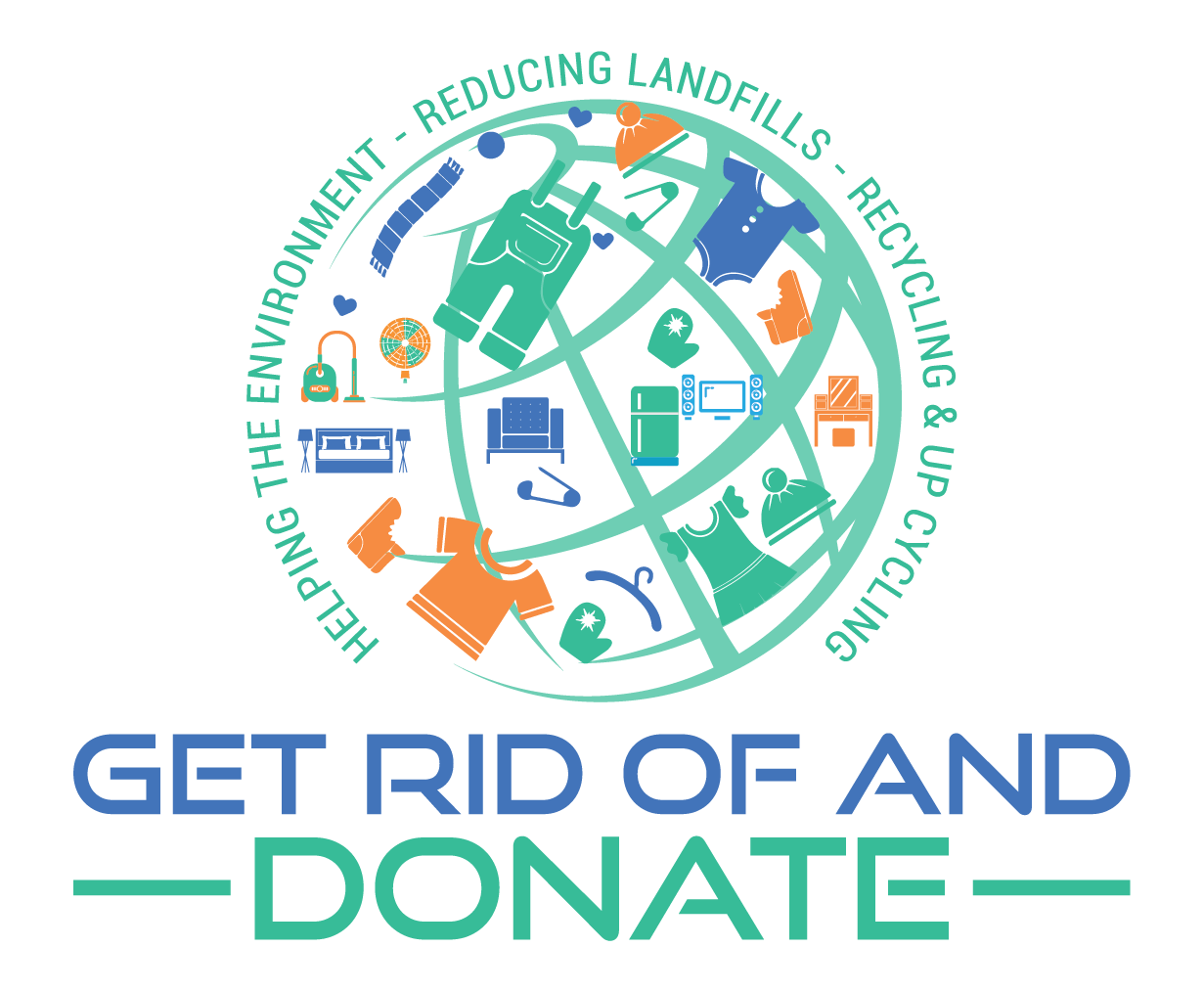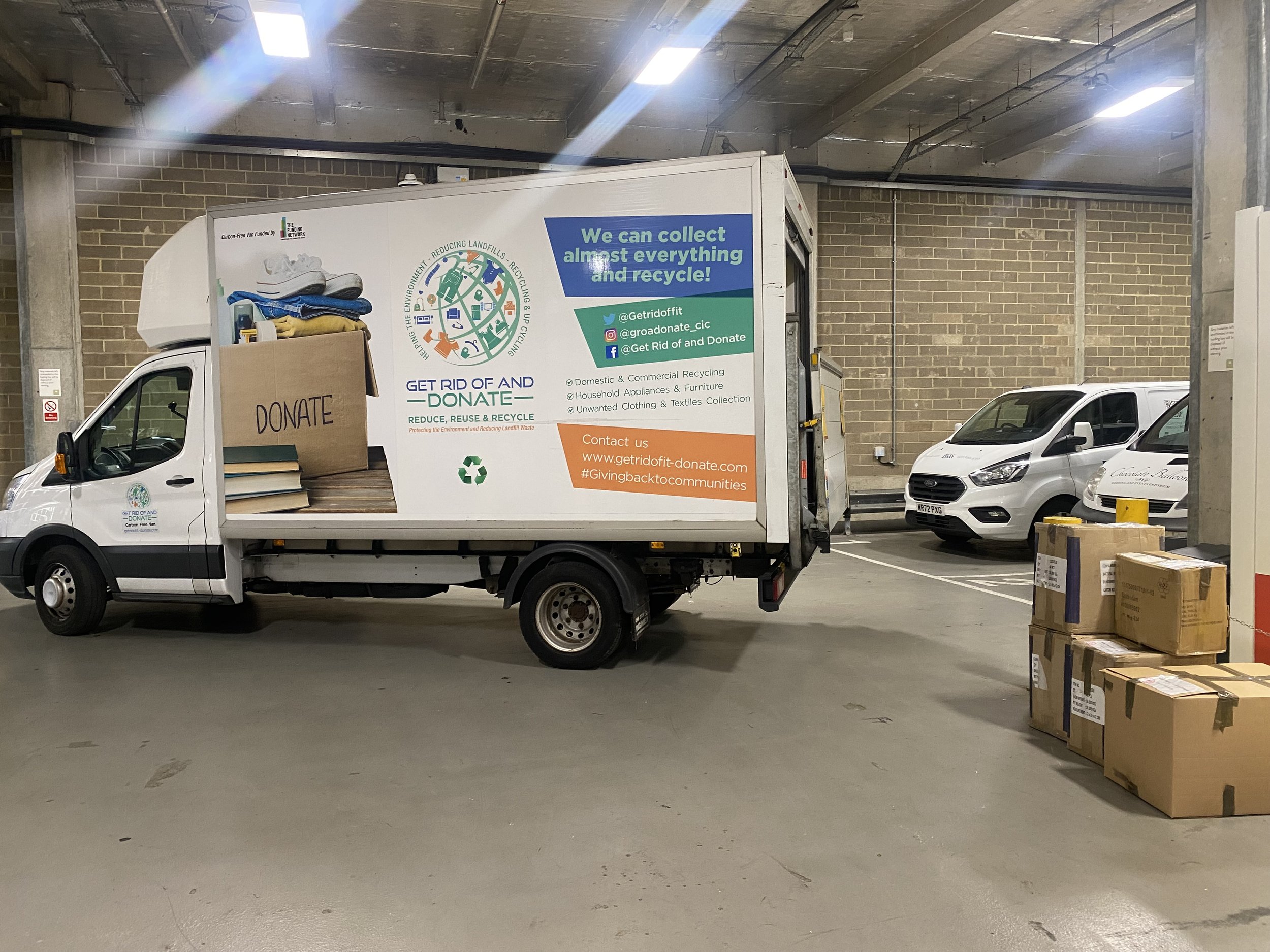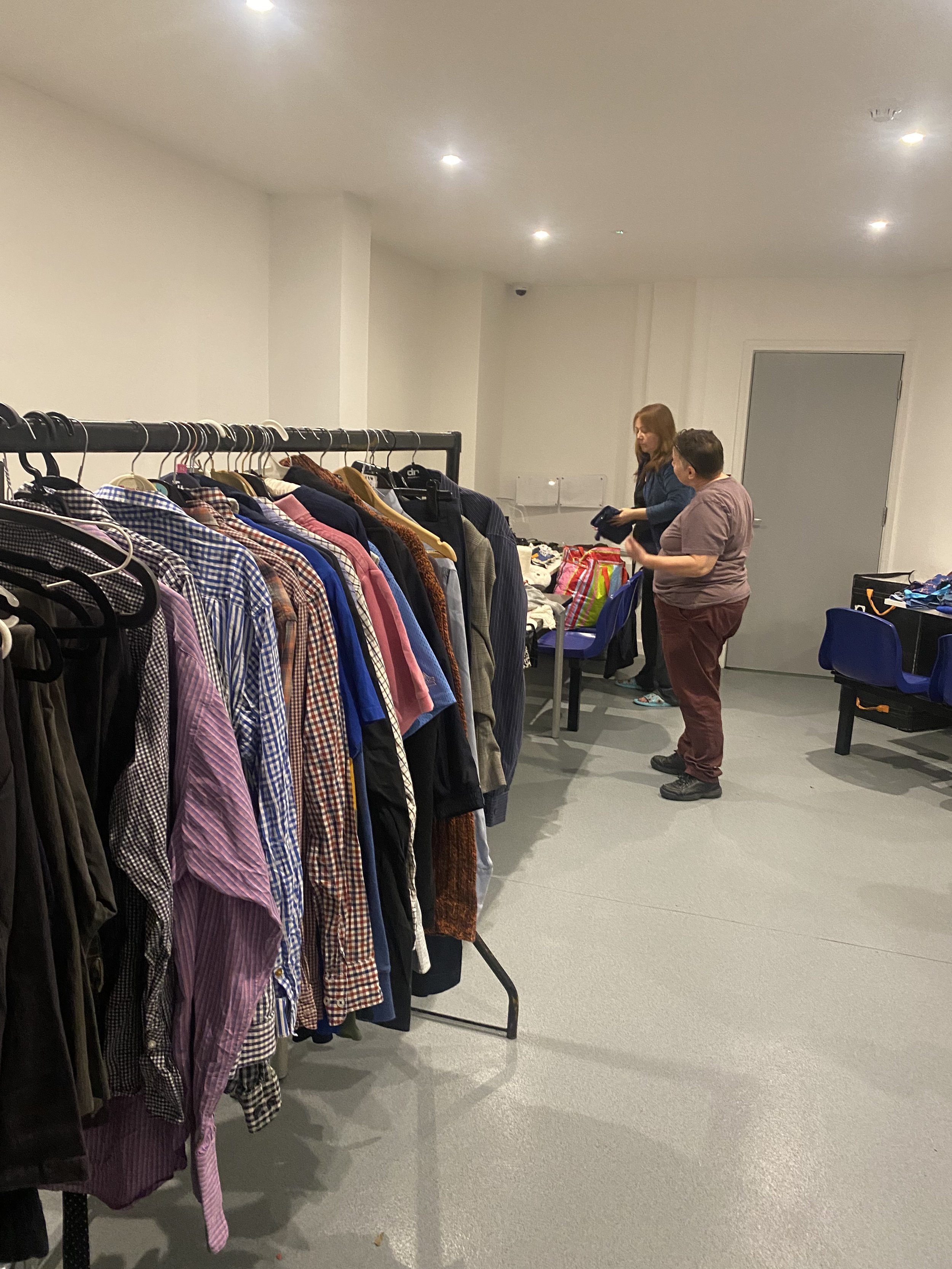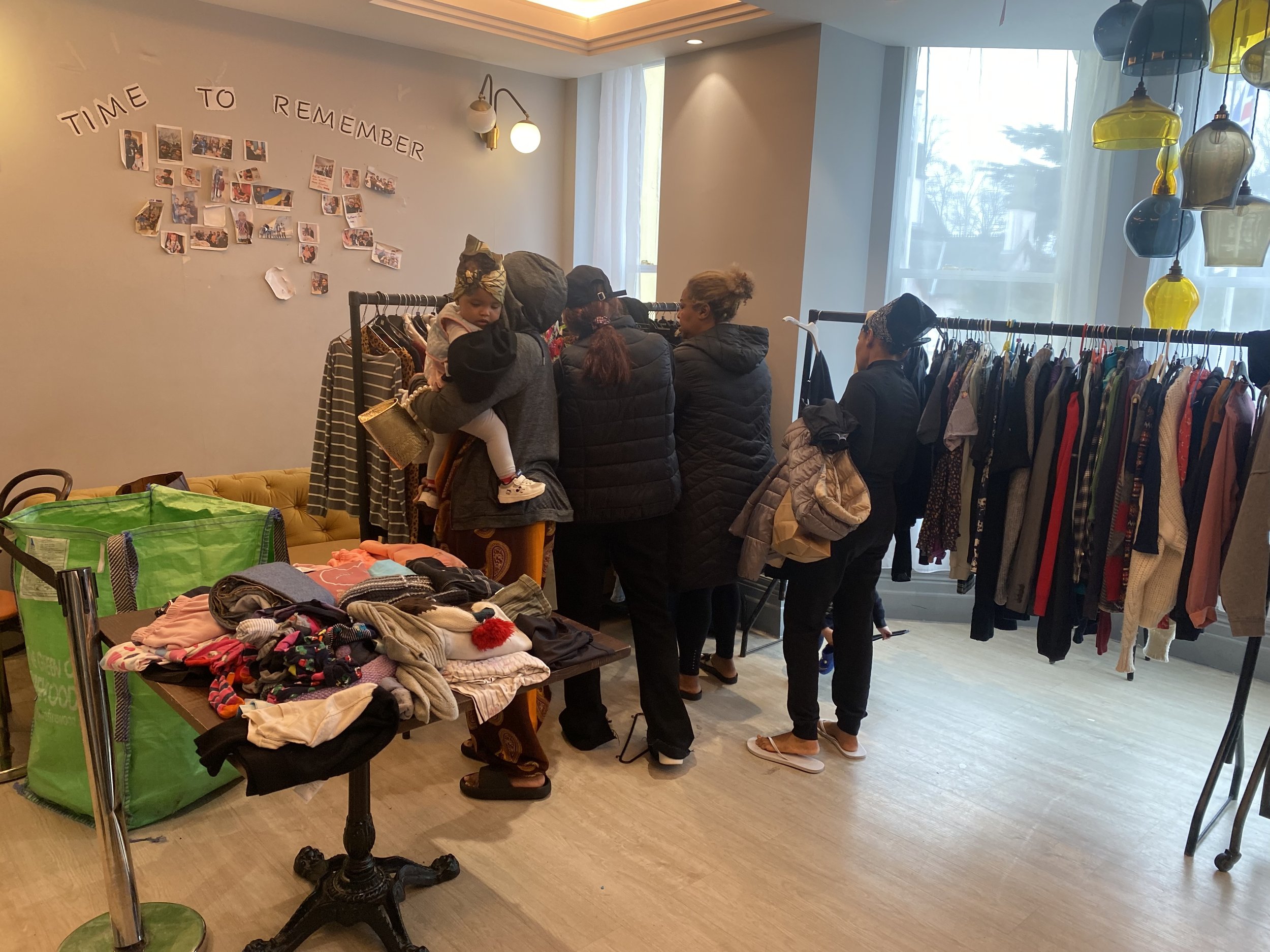How to Donate Responsibly: A Guide to Circular Economy in London
In a city where nearly 1.45 million tonnes of used textiles are generated annually, with 49%, or 711,000 tonnes, ending up in UK household bins, donating responsibly is more critical than ever. When done well, a simple act of donating transforms into a powerful driver of social change, environmental restoration and community strength.
Over 80% of UK-style textiles are either incinerated or buried in landfills, creating significant carbon emissions, water pollution, and microplastic contamination. Fast fashion, celebrated for affordability, has led to mountains of waste. In fact, the reuse of a simple cotton t-shirt can reduce its carbon footprint by up to 60x compared to buying new. Additionally, the UK textile sorting sector already incurs over £88 million annually in handling and disposal costs for worn-out items, with forecasts predicting a further £200 million in costs by 2035 without intervention. Choosing a responsible donation is, therefore, not just generous, it’s necessary for sustainability.
London’s households discard more textiles, electronics, and household goods than ever before, but most of those items could be given a second life. Learning how to donate responsibly not only helps meet urgent community needs but also moves us toward a true circular economy. When donations are handled correctly, waste diversion and social impact unlock together, benefiting people and the planet alike.
In London, the circular economy is defined by practices that extend the useful life of items through reuse, repair, and recycling, rather than disposal. Local councils like Lewisham, Wandsworth, and others actively promote this model by encouraging residents to donate, mend, and repurpose goods whenever possible. As a local NGO in this mission, GROAD CIC offers a trusted, structured route for materials to re-enter the reuse stream, helping reduce landfill and support vulnerable households simultaneously.
When it comes to responsible donation, GROAD CIC follows best practices aligned with the London circular economy framework and guidelines employed by leading UK charity operatives. We ensure every donated item is clean, gently used, and in good condition, free from stains, rips, and strong odours, so it can be quickly redistributed or sold locally, rather than being sent to landfill or exported as unsorted bales. We also follow safe protocols by checking pockets for personal items and conducting quality assessments before sorting, ensuring recipients receive usable goods and reducing waste-handling costs. Textiles that don’t meet reuse standards are directed to recycling or upcycling channels, such as conversion into insulation or cleaning rags, consistent with the London Plan’s emphasis on reuse and sustainable reprocessing. Our approach supports a zero‑waste, circular‑economy model that maximises community benefit while reducing environmental impact.
GROAD CIC’s Circular-Economy Approach
At GROAD CIC, every item you donate enters a structured system designed to maximise value:
Clean, gently used donations are accepted, no stains, no damage.
Sorting checks ensure only wearable or usable items are passed on, anything beyond practical reuse is directed to recycling or upcycling partners, aligning with national waste diversion ambitions.
Each item is logged, weighed and tracked to monitor impact.
Through a multi-channel approach, weekly Open House sessions, referral drops, mobile pop-ups, and resale via ShopToDonate in-store and Vinted, we deliver donations with dignity and purpose.
Local partnerships eliminate export leakage, closing the UK circularity loop.
This model reflects national efforts such as Project Re:claim, the UK’s first polyester textile-to-yarn recycling plant, and broader innovation initiatives under the Circular Fashion Innovation Network (CFIN)
Preparing Your Items for Donation
The most common mistake many well-meaning donors make is discarding items that appear damaged, stained, or worn. That contributes to landfill waste. A recent M&S‑Oxfam initiative to collect "unwearable" clothes via mail highlights the need for proper sorting and recycling procedures. Instead of binning textiles that don’t qualify for charity shop resale, look for schemes that upcycle them into insulation, cleaning rags, or material for new garments. Some UK projects even turn old fabric into paint or mattresses. Redirection of these items aligns perfectly with London’s zero‑waste ambitions.
Be a Circular Champion in London
Donating responsibly aligns with London’s zero‑waste ambitions and supports vulnerable people across Lambeth, Southwark, and Lewisham. GROAD CIC ensures your items reach those who truly need them, refugee families, rough sleepers, struggling households and that they do so in a dignified, sustainable manner.
By following these responsible donation practices, residents can support zero‑waste principles, reduce personal carbon footprints, and empower local families in need. Together with recyclable reuse platforms like Oxfam’s postal bag scheme, eco-focused reuse centres, and community initiatives, every donation contributes to a thriving circular economy in London.










